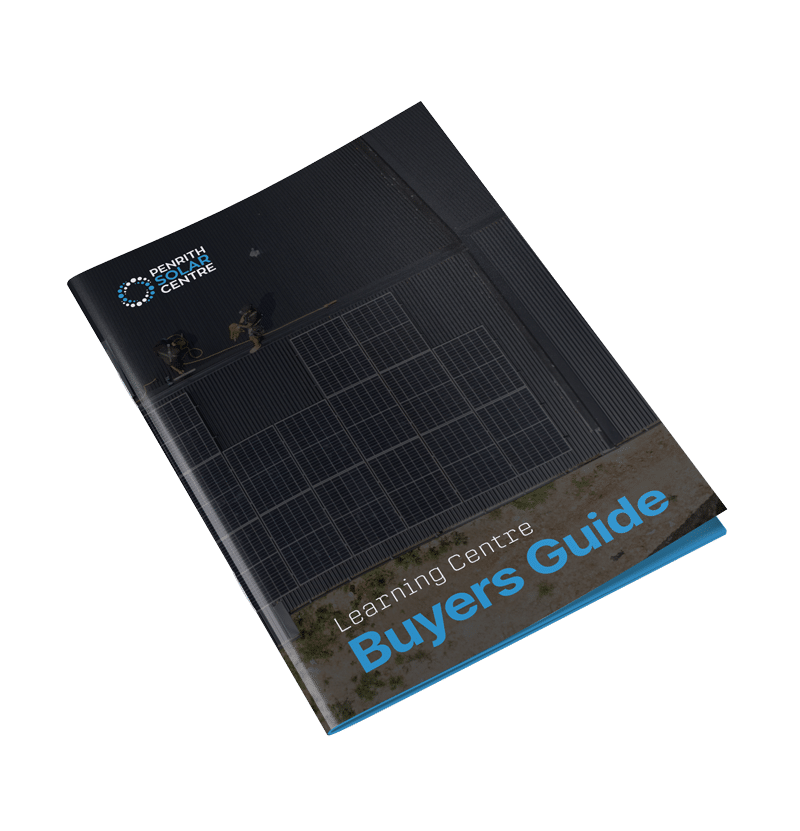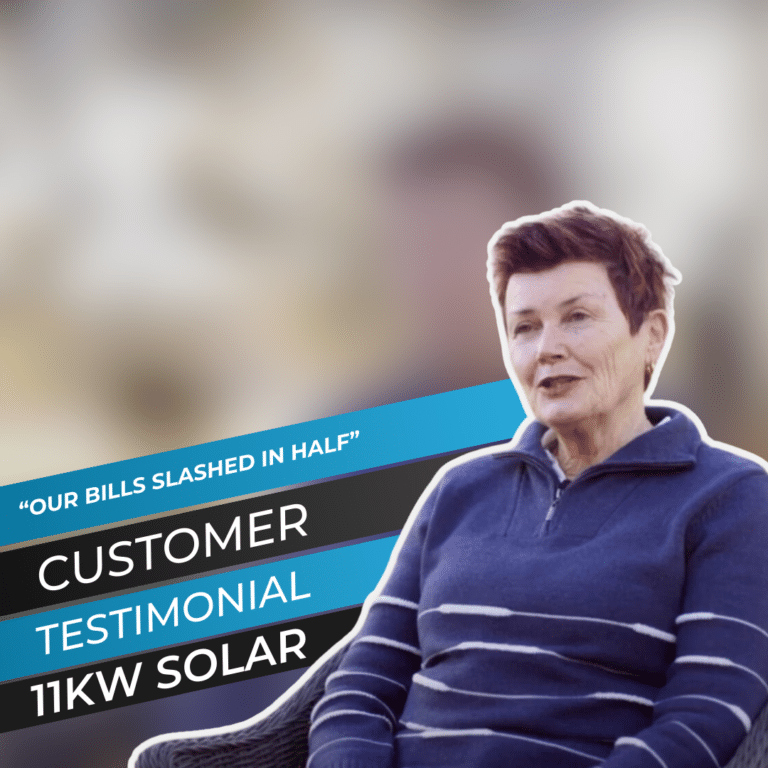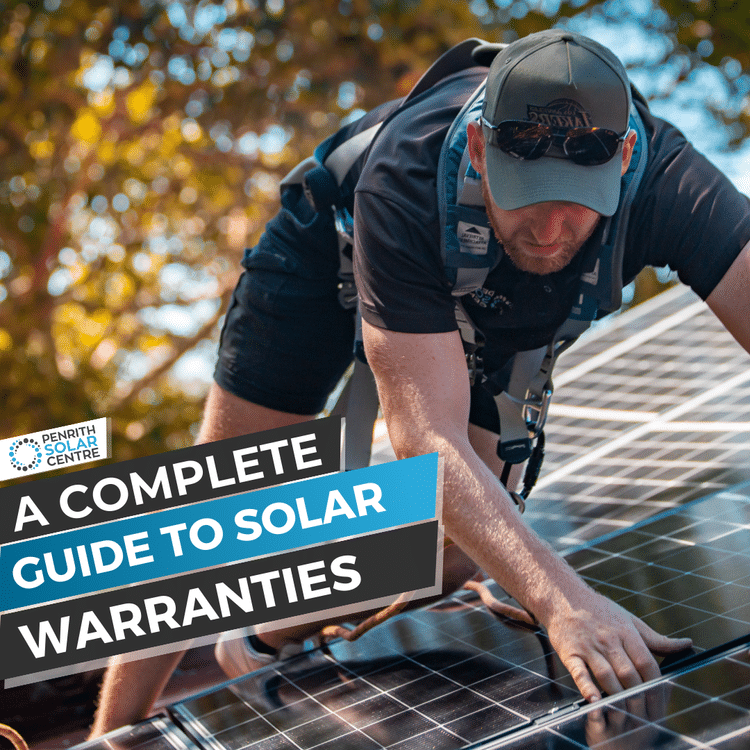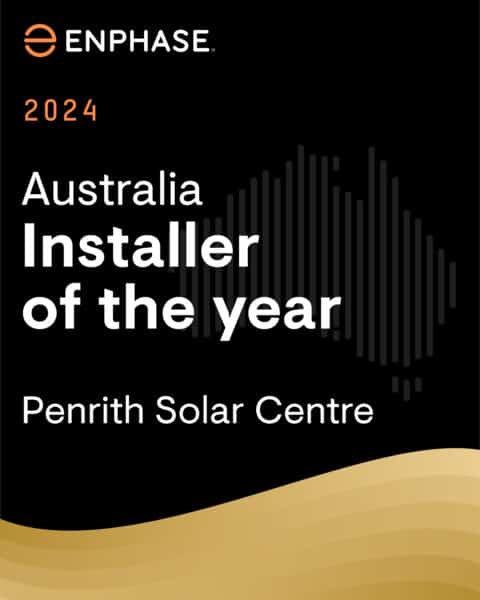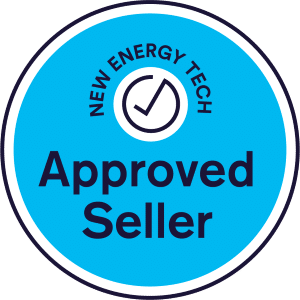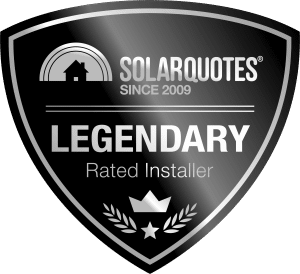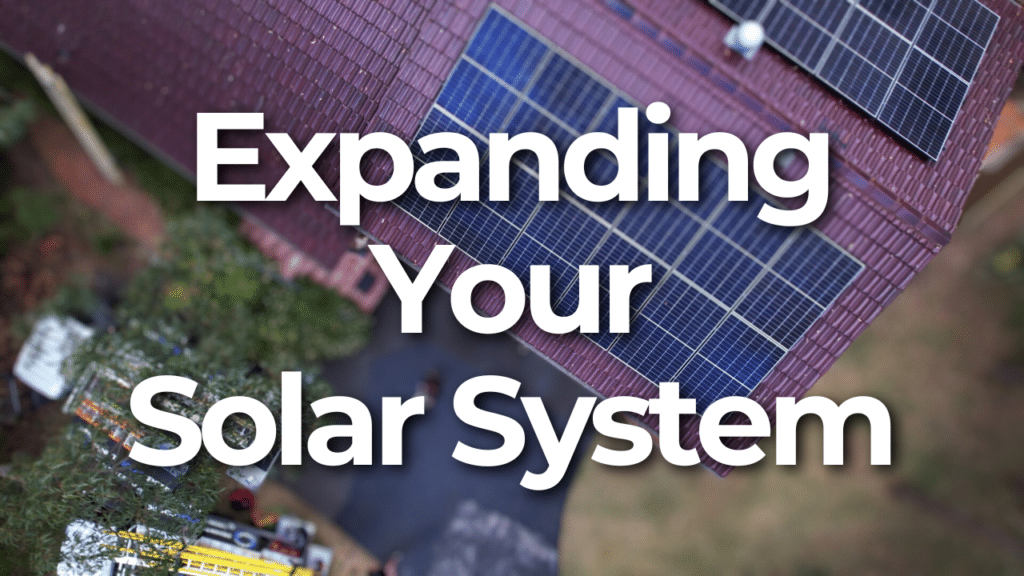
Owning a solar system is an excellent step toward reducing your energy bills and environmental impact. However, as your energy needs grow and feed-in tariffs shrink, your system might need support to keep up with these changes.
At Penrith Solar Centre, we know that expanding your solar system with batteries or additional panels can make all the difference.
In this article, you’ll learn the following:
- Why Expand Your Solar Panel System?
- Adding Batteries to Your Solar System
- Expanding Your Solar Panel System with Additional Panels
- Key Considerations Before Expanding Your Solar Panel System
By the end of this article, you’ll know why expansion makes sense, how to add components, and what you need to consider before deciding to grow.
Why Expand Your Solar Panel System?
Solar energy systems are designed to meet your energy needs at the time of installation. Over time, your energy requirements may change, or the system may no longer perform optimally due to your energy retailer raising prices.
Increased Energy Needs
Modern households consume more energy than ever. Electric vehicles, home electrification (such as heat pumps or electric cooking appliances), and growing families all contribute to higher energy demands.
If your system was installed 5 – 10 years ago, it likely won’t keep up with these new needs. Expanding your system ensures you generate enough energy to cover your usage, reducing or eliminating reliance on the grid.
The Value of Electricity
Feed-in tariffs, which pay you for exporting excess energy to the grid, have significantly decreased in recent years. While early adopters enjoyed tariffs as high as $0.66 per kWh, current rates are as low as $0.04 – $0.05 per kWh with some retailers.
This means you earn very little for the energy you send to the grid, but you still pay full price for the electricity you import. Expanding your system with batteries allows you to store excess energy for later use instead of exporting it for minimal returns.
The average cost of electricity imported from the grid is $0.38 per kWh. The average feed-in tariff is, as we mentioned, around $0.04. The math is disheartening because the energy you export to the grid is so much less valuable than the energy you’re paying for.
What if there was a way to keep that solar energy for use instead of exporting it at a loss of $0.34 per kWh (on average)?
If you’re interested in learning a bit more about how to do that, you might want to start with the following article titled, Adding a Battery to a Solar System.
Click here for a free solar quote.
Adding Batteries to Your Solar System
Batteries are one of the most impactful upgrades for existing solar systems. They allow you to store excess energy generated during the day and use it at night when your system isn’t producing power.
1. Benefits of Battery Storage
- Night-Time Energy Use: Without a battery, your home relies on the grid for electricity once the sun sets. A battery makes sure you can use your own homegrown electrons, reducing or eliminating nighttime grid consumption.
- Grid Independence: Batteries give you greater control over your energy usage, helping you avoid peak electricity rates and outages in some cases.
- Backup Power: In the event of a blackout or power outage, a solar battery will keep the lights on along with any necessary appliances like a refrigerator, Wi-Fi, or medical equipment.
2. Choosing the Right Battery
Not all batteries are created equal. When selecting a battery, consider the following:
- Capacity: This determines how much energy the battery can store. For example, a Tesla Powerwall 3 has a capacity of 13.5kWh, which can power an average-sized home for several hours.
- System Compatibility: Some older systems may require a few upgrades to work with a new battery. A reputable installer can assess your system and recommend options.
- Cost: Batteries are an investment, but government rebates (such as the NSW battery rebate) can help offset the cost. Over time, savings on electricity bills can make the investment worthwhile.
If you’re interested in learning a bit more about the solar battery rebate, you might want to check out the following article titled, Everything You Need to Know About the Home Battery Rebate for NSW.
Ready to go solar? Click here.
Expanding Your Solar Panel System with Additional Panels
Adding more panels to your solar system can significantly boost its energy output. This is especially true if you’ve increased your energy usage since you initially installed your system.
1. When to Add Panels
Adding panels is a good option if:
- Your existing system is still functioning well but isn’t producing enough power to meet your new needs.
- You have unused roof space that can accommodate additional panels.
- Your system uses microinverters, which make it easy to expand without affecting existing performance.
2. How Microinverters Simplify Expansion
Microinverters make adding more panels a breeze. Unlike traditional systems that rely on a single central inverter, microinverters are mounted beneath each solar panel. This means that the sunlight from each panel is converting electricity on its own, without needing to depend on its neighbours to perform well.
This independence is a game-changer when it comes to expanding your system. Let’s say you installed your original setup a few years ago, but now you’ve added a home office or bought an electric vehicle.
Whether you want two more panels or ten, they’ll integrate seamlessly with your current setup. Plus, you won’t have to worry about replacing your old inverter or dealing with mismatched performance. Microinverters make expansion simple, scalable, and stress-free.
3. Using Roof Space Efficiently
When people first think about installing solar panels, the north-facing roof often gets all the attention. It’s true that a north-facing orientation captures the most sunlight in the southern hemisphere, but that doesn’t mean it’s the only option.
Expanding your solar system can and should include other parts of your roof to maximise energy production throughout the day.
East- and west-facing roofs are particularly handy. Panels on an east-facing roof soak up the morning sun, giving you energy right when your household starts its day.
On the flip side, west-facing panels pick up in the afternoon, making sure you’ve got power for the afternoon and early evening. This orientation helps spread energy production across more hours, reducing your reliance on the grid during peak times.
And don’t overlook south-facing roofs. While they might not receive as much sunlight as other orientations, they can still make a meaningful contribution.
By thinking creatively about your roof space, you can build a solar system that works for your unique energy needs, regardless of which way your roof faces.
If you’re interested in learning a bit more about the benefits of microinverters, you might want to check out the following article titled, What Are the Benefits of an Enphase Microinverter Solar System?
Key Considerations Before Expanding Your Solar Panel System
Before upgrading your solar system, it’s essential to evaluate your energy needs, the available options, and the practicality of the expansion.
1. Assess Your Energy Usage
Start by reviewing your energy bills to determine how much power you use and when. Look for patterns in daytime versus nighttime energy use. This will help you decide whether you need more panels, a battery, or both.
2. Size Your System for Year-Round Performance
Energy production varies throughout the year. In summer, your system might generate enough power to cover all your needs, but winter can be a different story. A reputable installer will calculate the right size system to ensure you can meet your needs even during cloudy or shorter days.
3. Work with a Reputable Installer
A trusted solar installer can evaluate your existing system, recommend upgrades, and ensure the new components are installed correctly. They can also help you take advantage of any available government rebates to reduce upfront costs.
If you’re interested in learning a bit more about your energy needs, you might want to check out the following article titled, How Much Solar Do You Need?
Click here for sunshine and savings.
Have You Got a Battery Idea Than Expanding Your System?
Expanding your solar system with batteries and add-ons can help you maximise your energy savings, reduce grid reliance, and meet your growing energy needs.
By assessing your current system, understanding your energy usage, and working with a reliable installer like Penrith Solar Centre, you can create a solar setup that powers your home efficiently for years to come.
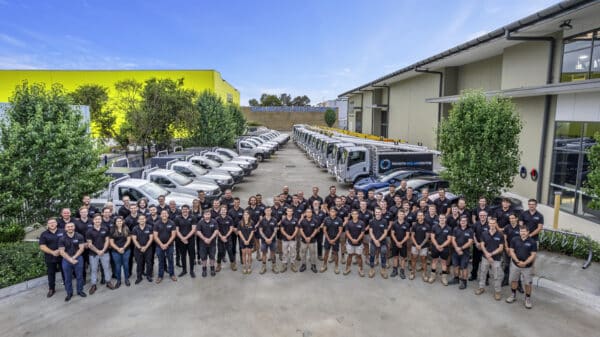
If you’re interested in learning a bit more about the importance of a good installer for your solar (the most important component of any system, seriously), you might want to check out the following article titled, In-house Installers vs. Subcontractors: Which is Better?
